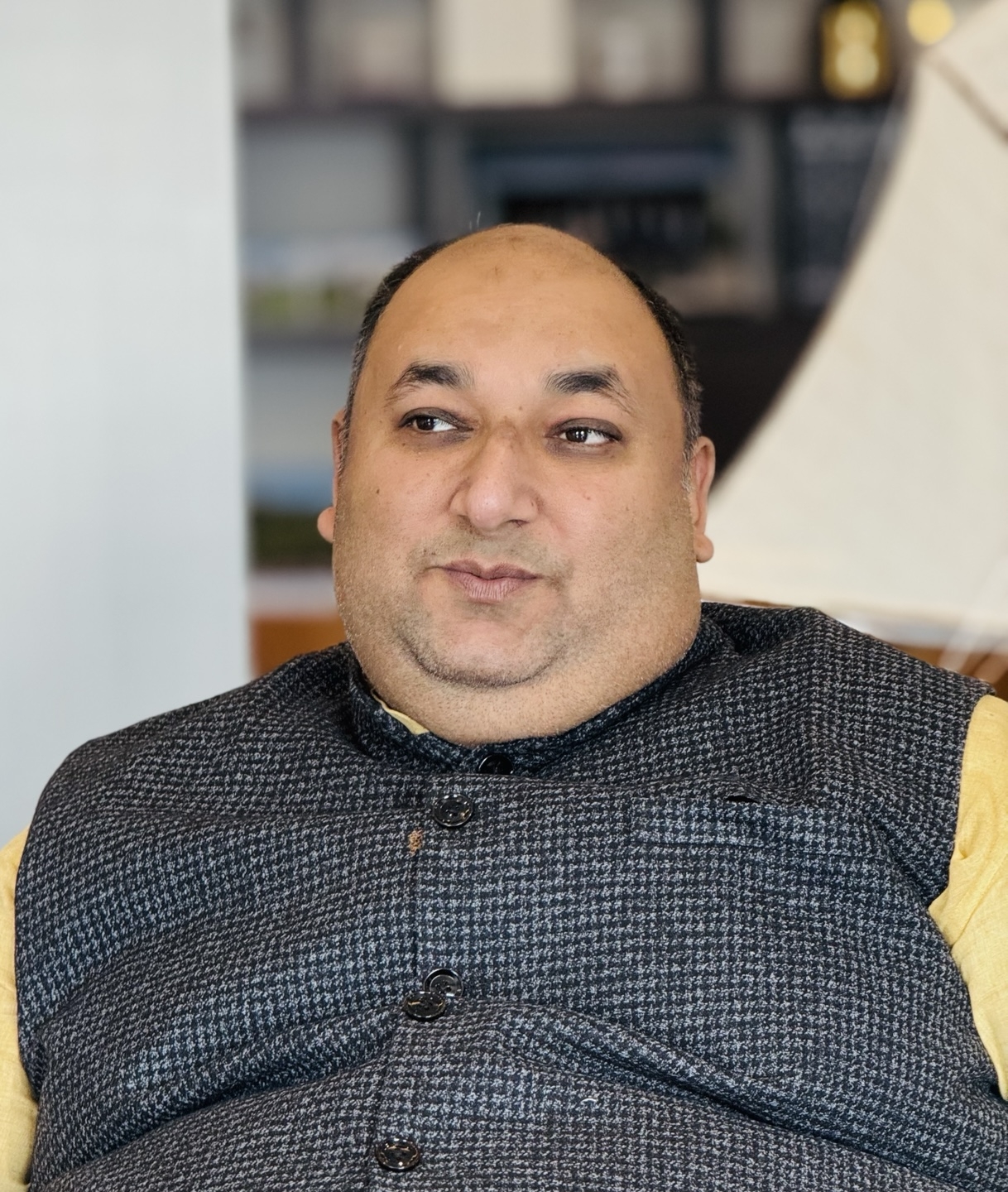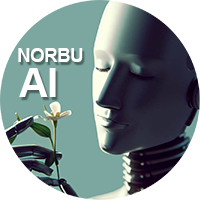Time to stimulate India-Korea links through Buddhism, traditional medicine
by Sanjay Kumar, The Korea Herald, April 16, 2025
Seoul, South Korea -- India and Korea must stimulate deeper academic, cultural and research engagement, Heero Hito, a Buddhist leader and adviser at India's Subharti School of Buddhist Studies, said in an interview with The Korea Herald on Friday.
 << Heero Hito, Buddhist leader and adviser at the Subharti School of Buddhist Studies in Meerut, Uttar Pradesh, India.
<< Heero Hito, Buddhist leader and adviser at the Subharti School of Buddhist Studies in Meerut, Uttar Pradesh, India.
Buddhism, born in India and deeply rooted in the cultural fabric of Korea, has not grown significantly in either nation in recent times, according to Hito.
"Through active international cooperation, cross-cultural events and collective action, we must revive the teachings of the Buddha — reawakening the universal values of compassion, mindfulness and harmony that our modern world so deeply needs," he suggested.
India and Korea share a historical and emotional relationship through their Buddhist legacy and hence, it is urgent to rekindle that spiritual, cultural and educational essence, Hito noted.
Buddhism, which originated in India, was introduced to Korea in the 4th century during the Three Kingdoms period and later transmitted to Japan.
Utilizing this spiritual connection, the Subharti School of Buddhist Studies in Meerut, Uttar Pradesh, northern India, signed several memorandums of understanding in Korea and launched research initiatives, student exchanges and cultural programs.
But, he stressed that “activated, authentic channels for more evocative interaction” are now needed with Ayurveda and traditional Korean medicine as icebreakers.
Koreans continue to harness the healing properties of plant and animal-based natural sources, while Ayurveda — an ancient Indian medicine meaning “complete knowledge for long life” — has been gradually gaining popularity in Korea.
“Both India’s Ayurveda and Korea's (traditional) 'hanyak' medicine offer ancient systems of healing rooted in nature and holistic well-being," he said.
“We aim to start research and training programs in partnership with Indian and Korean traditional medicine universities,” he hoped citing internships of medical students as bridge to revive traditional knowledge.
But our university is also developing an integrated course to teach Korean language and culture, linked directly with employment-oriented training.
“Apart from medical research, a student who learns Korean can be trained in fields like basic manufacturing, IT or health care,” he said.
Hito believes India’s youthful demographic is a strategic advantage. “India has immense youth potential, but they need proper training and direction.
"If India enters into structured agreements with Korea through vocational education, technical skills and trade, both countries stand to benefit,” he said.
Hito wants to spearhead efforts from hosting Indo-Korean cultural festivals and Buddhist pilgrimages, to facilitating student exchanges and launching collaborative research. He envisions a vibrant, multidimensional partnership.
“Subharti would like to bridge India and Korea,” he said, highlighting his plans for youth summits, wellness collaborations and a permanent Indo-Korea Cultural Center at Subharti University.
To strengthen Buddhist ties, Hito proposed high-level interfaith events, monk delegations to Indian heritage sites and joint educational programs rooted in the values of Dharma, dialogue and development.
Meanwhile, Hito also recommended to cement people-to-people ties, for high-visibility cultural diplomacy.
“We plan to celebrate International Yoga Day on a large scale in Korea and are organizing an ‘India-Korea Buddhist Festival’ involving monks, scholars and artists from both nations,” he said.
The time has come for India and Korea to transform cultural goodwill into practical collaboration, in Hito's view.
“It's high time to implement the spirit of the first India-Korea cultural agreement signed in 1974, expand diaspora connections and support cultural institutions that foster genuine exchanges.”
“Culture is not something to be locked in museums — it’s something to be lived," he said.

 << Heero Hito, Buddhist leader and adviser at the Subharti School of Buddhist Studies in Meerut, Uttar Pradesh, India.
<< Heero Hito, Buddhist leader and adviser at the Subharti School of Buddhist Studies in Meerut, Uttar Pradesh, India.